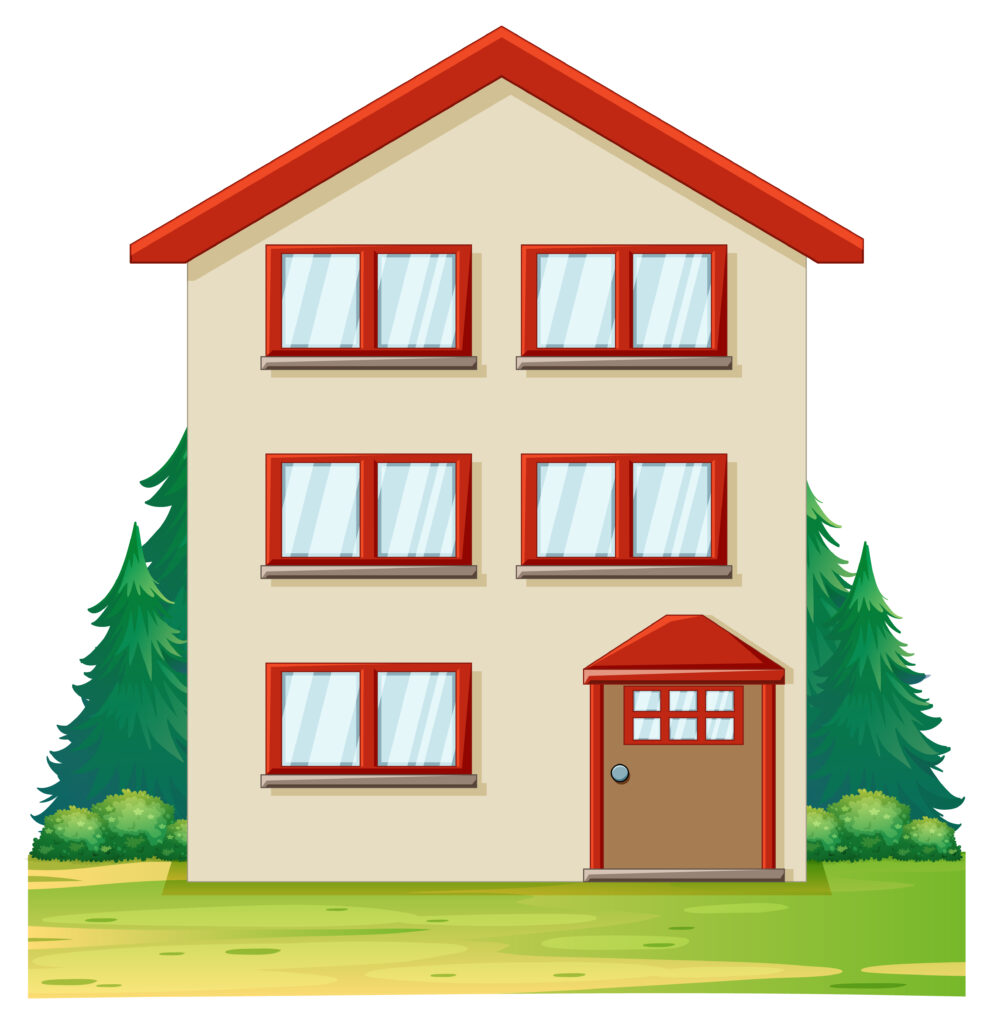How to properly combine multiple heating sources in 2025
How to Properly Combine Multiple Heating Sources in 2025 Introduction As energy costs rise and sustainability becomes a priority, homeowners in 2025 are increasingly turning to hybrid heating systems that combine multiple energy sources. Integrating technologies like heat pumps, solar thermal panels, and traditional boilers can maximize efficiency, reduce carbon footprints, and provide backup during extreme weather. However, improper integration can lead to inefficiencies or higher costs. This guide explores the best strategies for harmonizing heating systems, leveraging 2025’s innovations in smart controls and renewable energy. Why Combine Heating Sources? 1. Energy Efficiency and Cost Savings Hybrid systems optimize energy use by automatically switching between sources based on availability and cost. For example: A heat pump works efficiently in mild temperatures but struggles in extreme cold. Pairing it with a gas boiler ensures consistent heat. Solar thermal panels can preheat water, reducing reliance on electric or gas systems. According to the U.S. Department of Energy, hybrid systems can lower heating bills by 20–40% compared to single-source setups. 2. Redundancy and Reliability Extreme weather events in 2025 make backup heating essential. A wood stove or pellet boiler can serve as an off-grid solution during power outages. 3. Sustainability Goals Combining renewables (e.g., geothermal heat pumps) with low-emission options (e.g., condensing boilers) helps meet net-zero targets. The International Energy Agency (IEA) notes that hybrid heating could cut global CO₂ emissions by 12% by 2030. Top Heating Source Combinations for 2025 1. Heat Pump + Gas Boiler Best for: Cold climates with fluctuating temperatures. How it works: The heat pump handles moderate loads, while the boiler activates during peak demand. Smart thermostats like Nest or Ecobee prioritize the cheaper source. Example: In Scandinavia, this combo reduces gas use by 60% while maintaining comfort. 2. Solar Thermal + Electric Boiler Best for: Sunny regions

